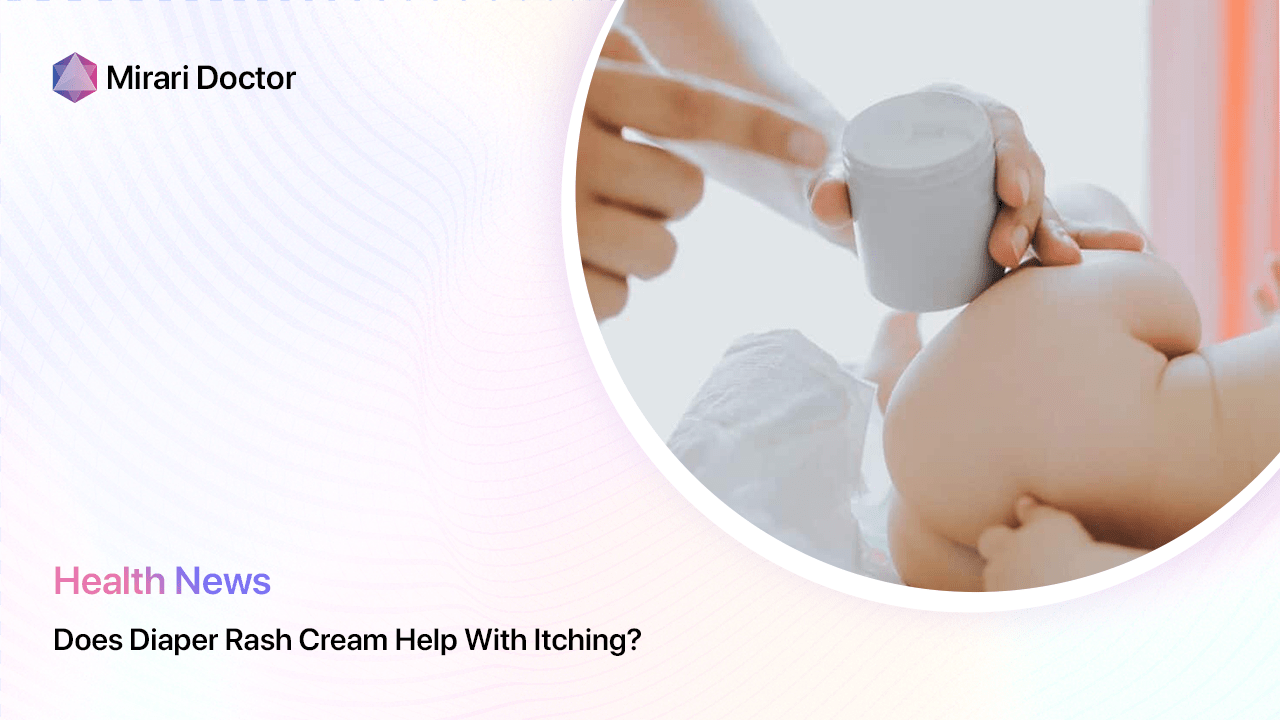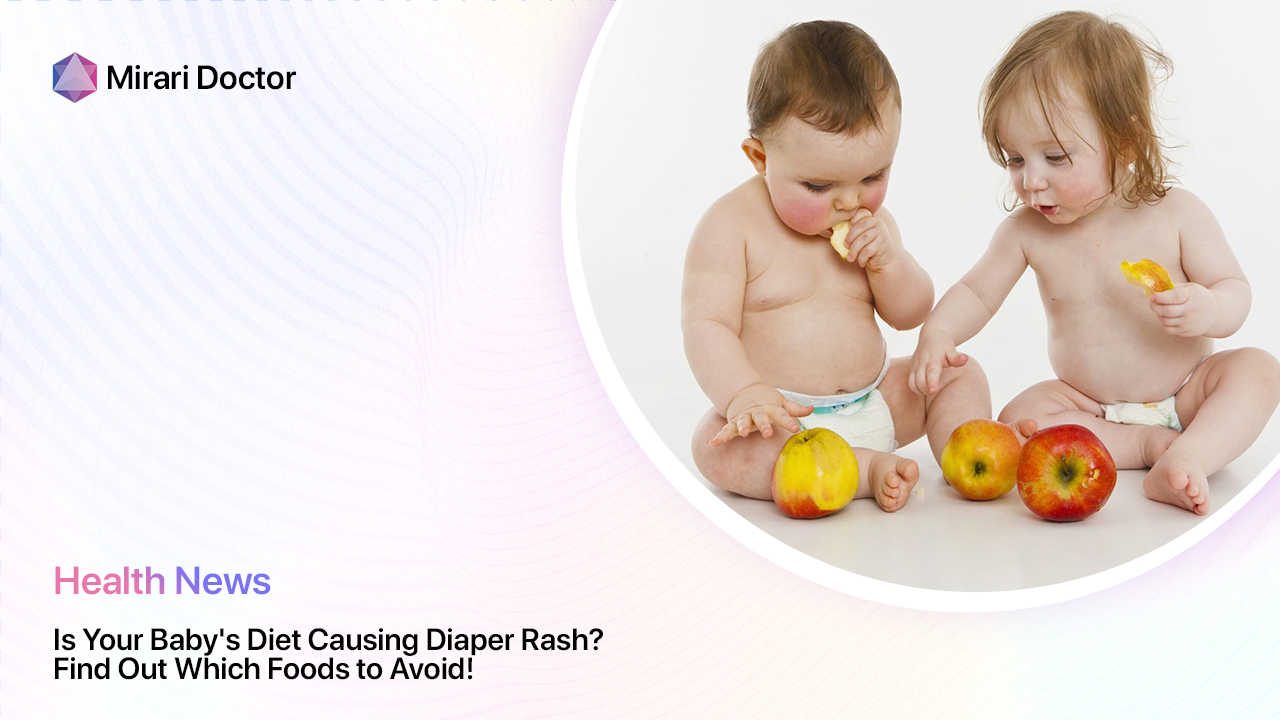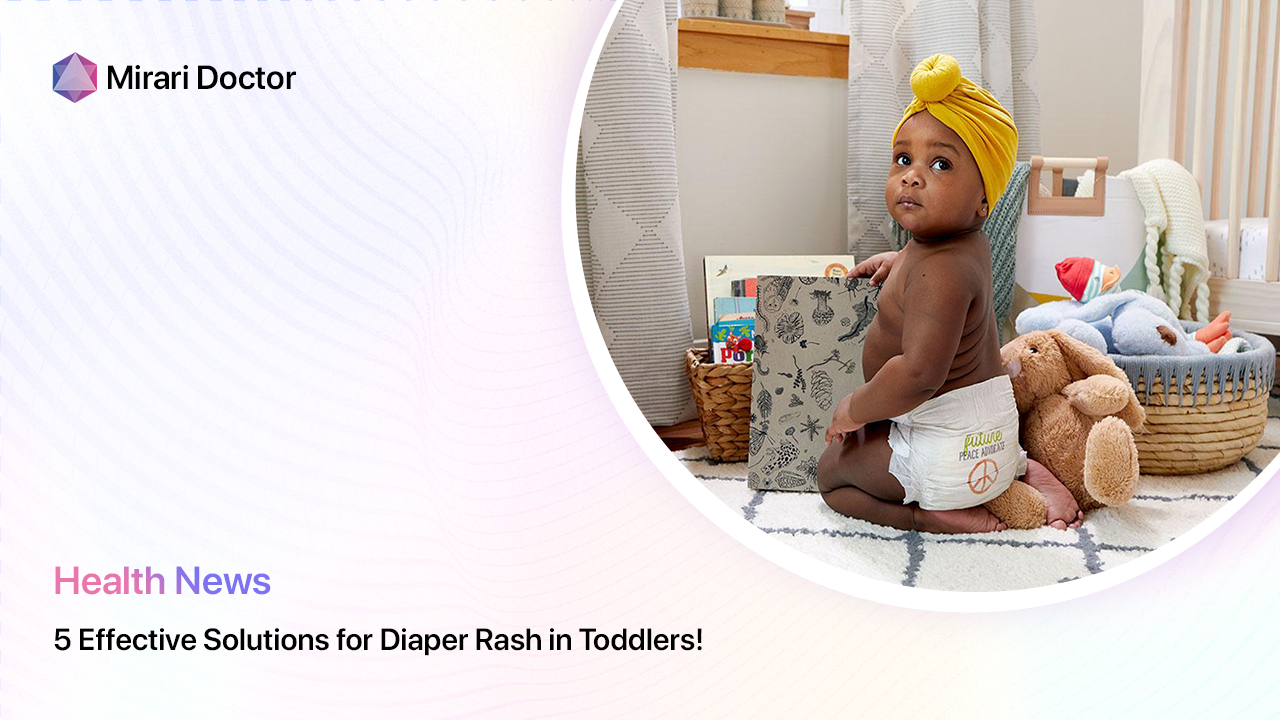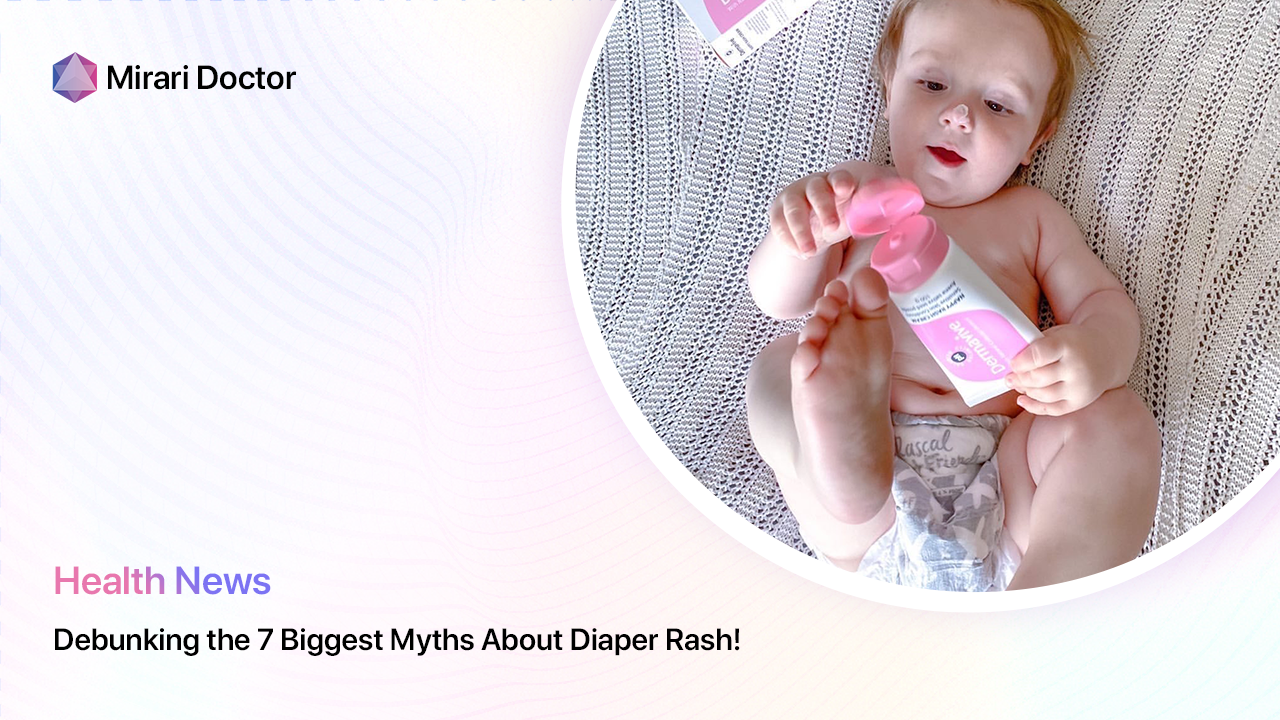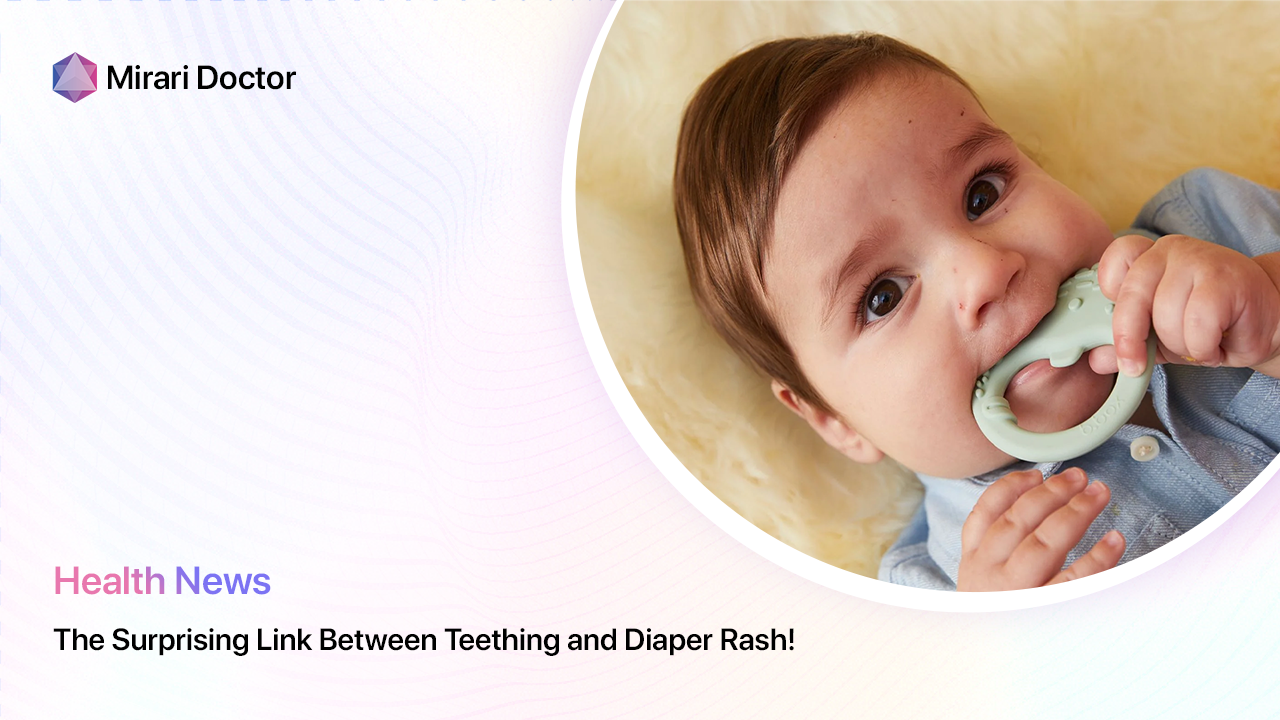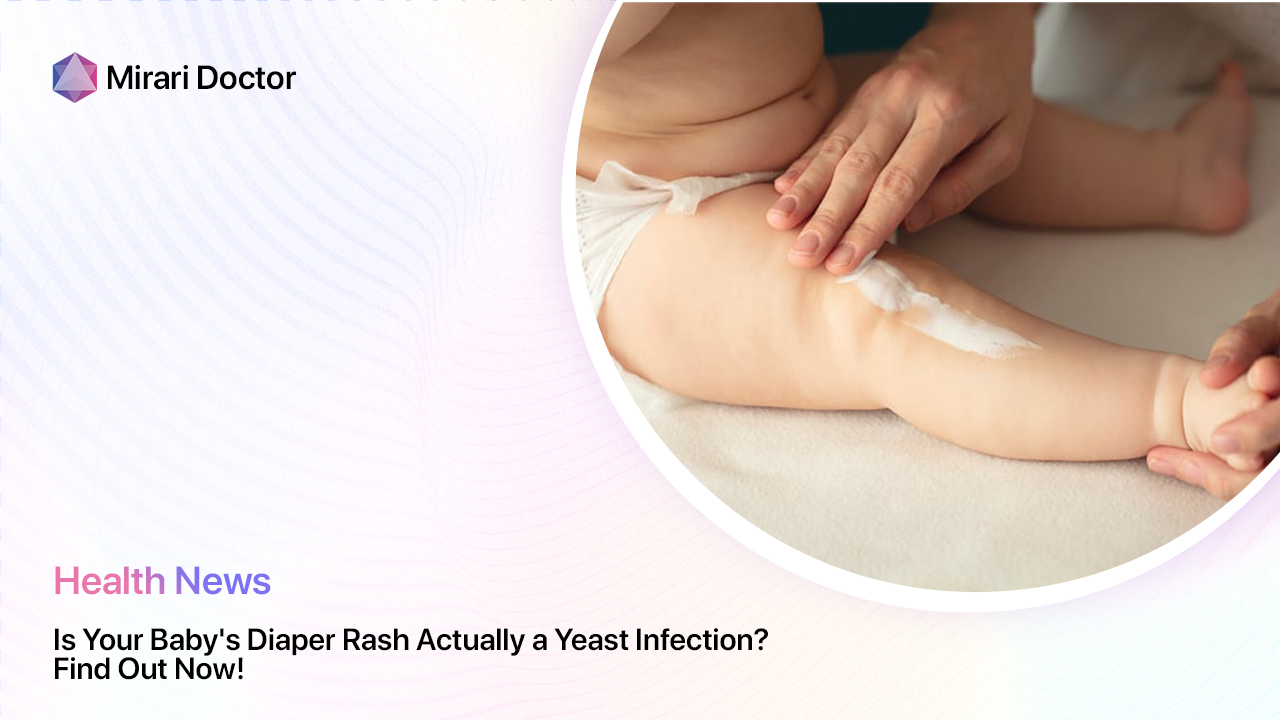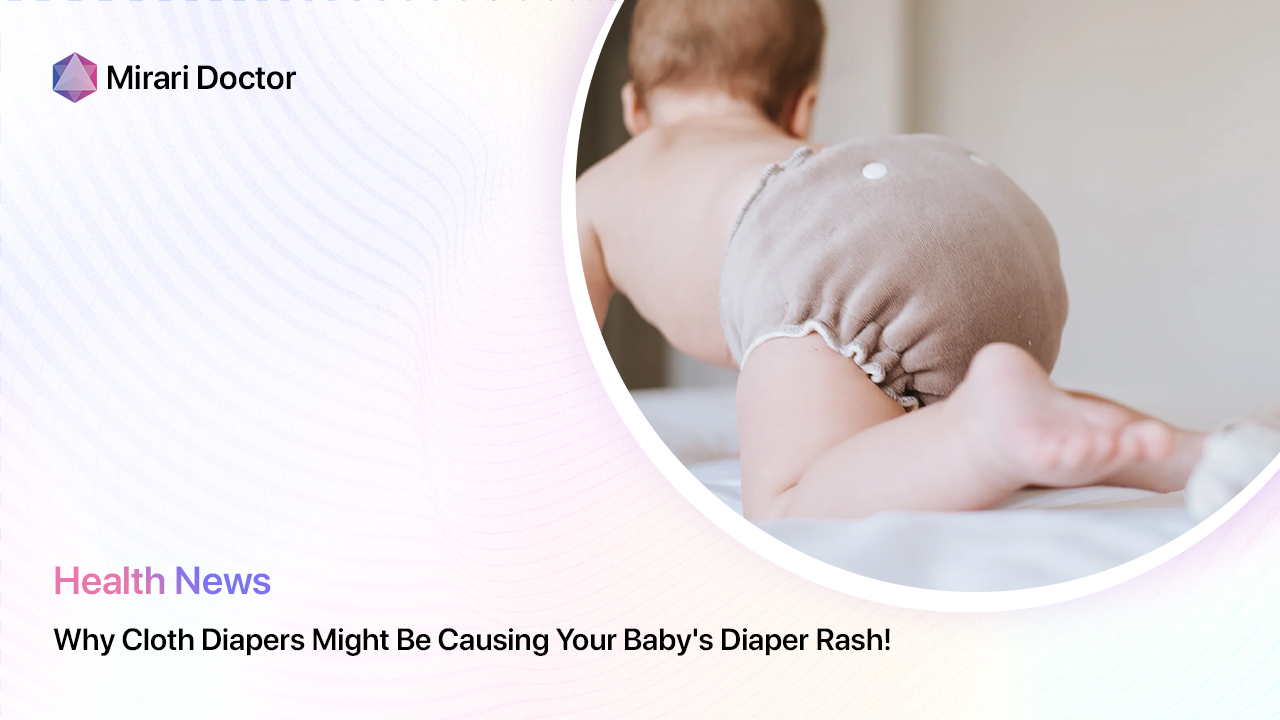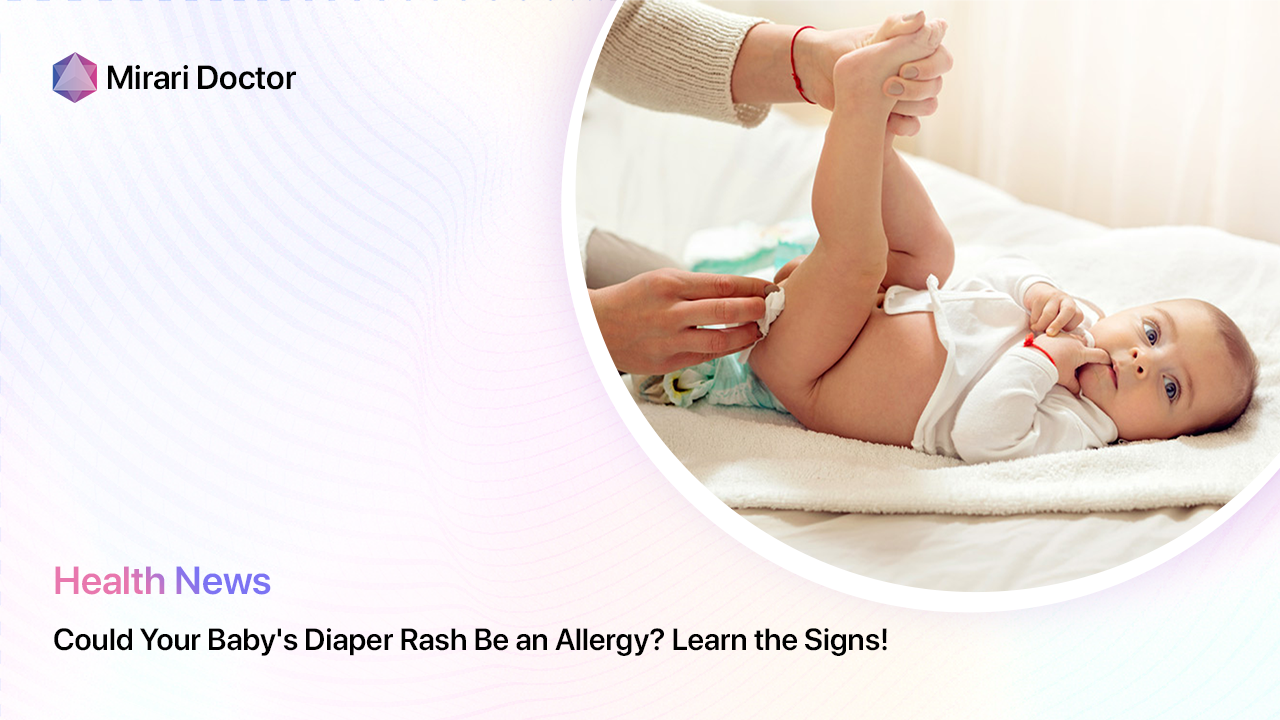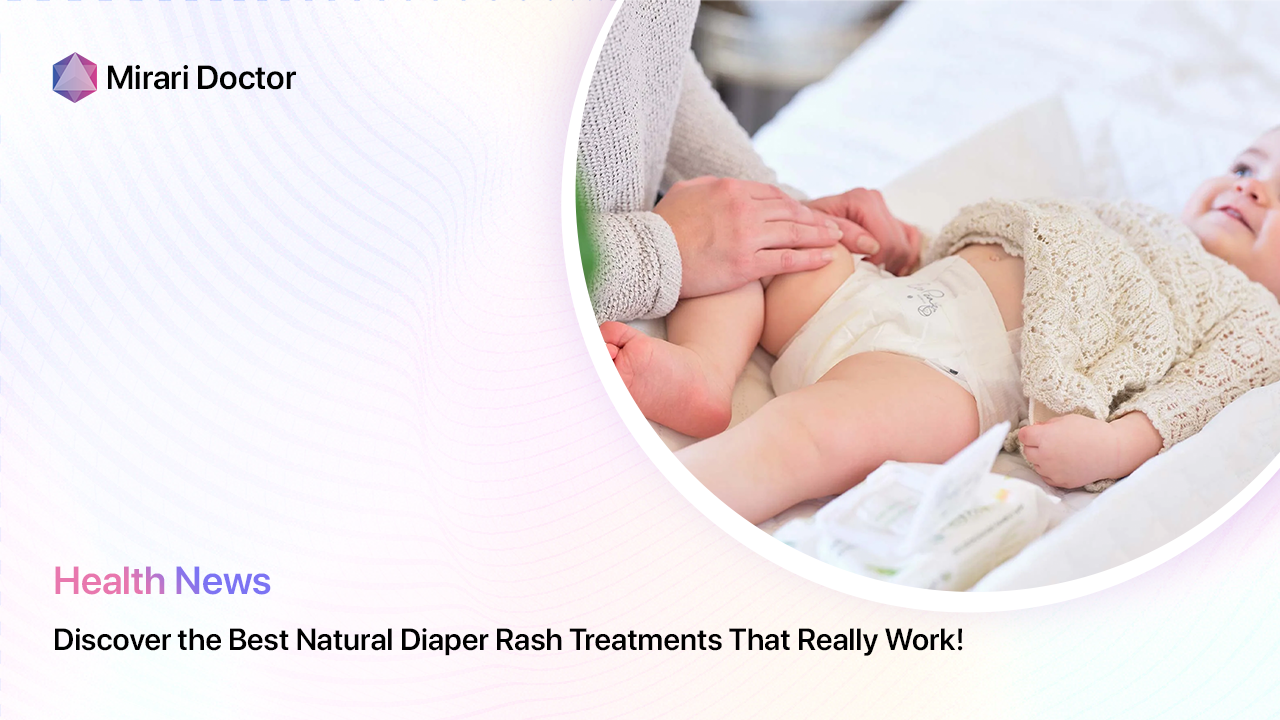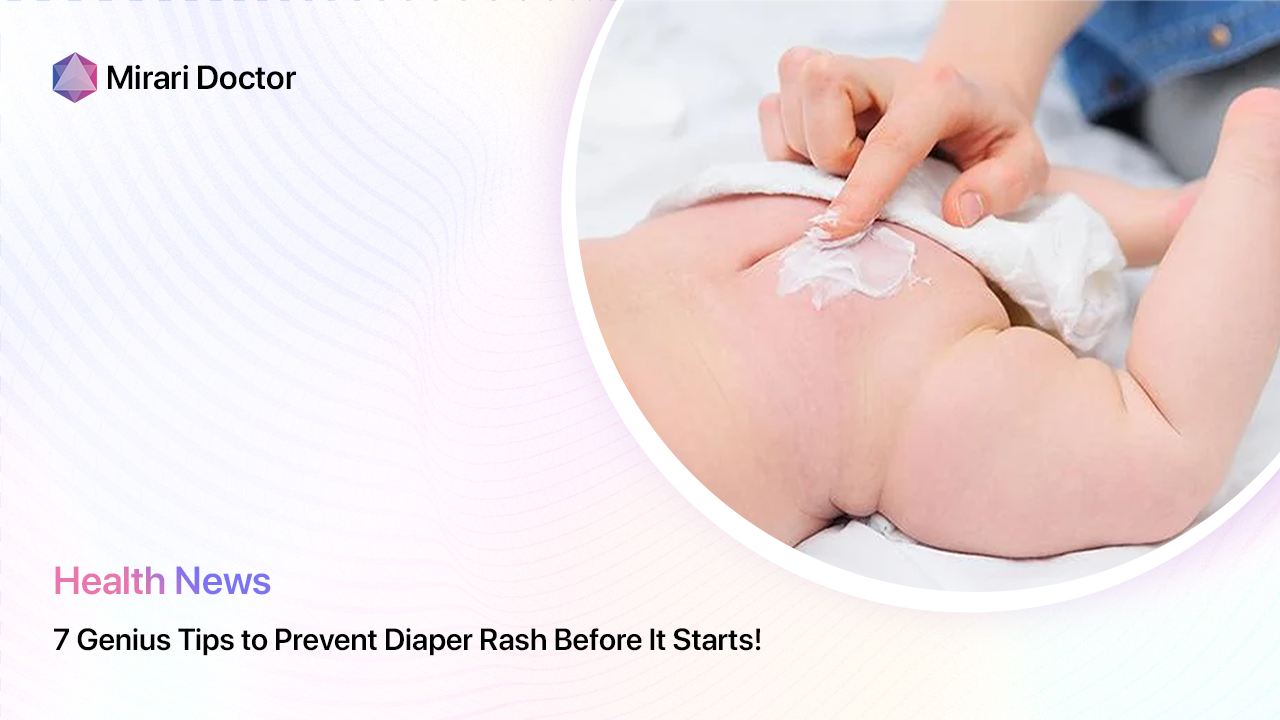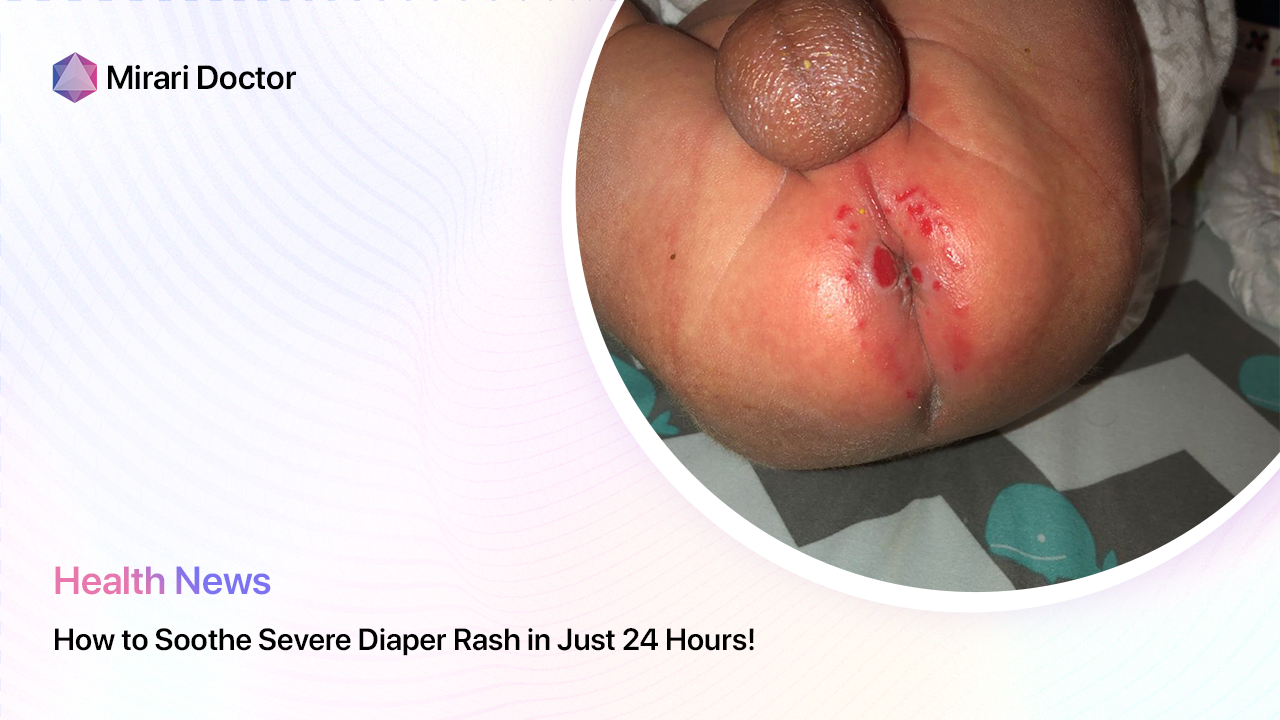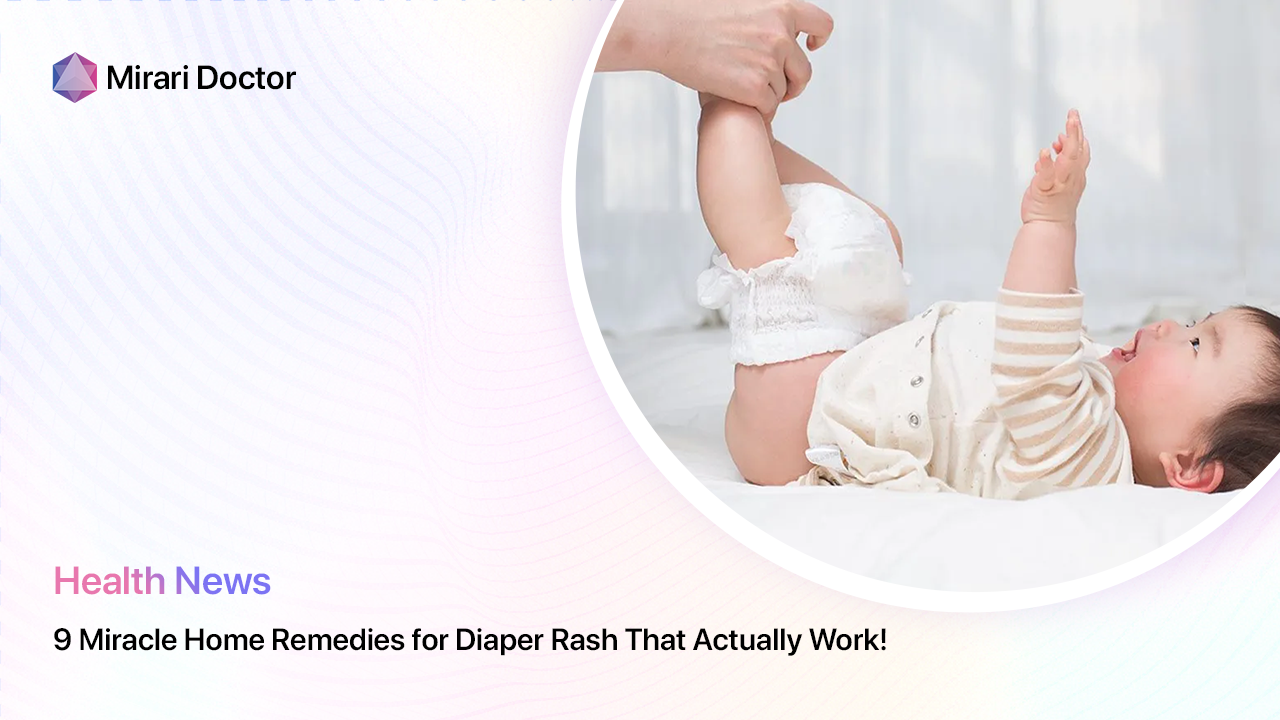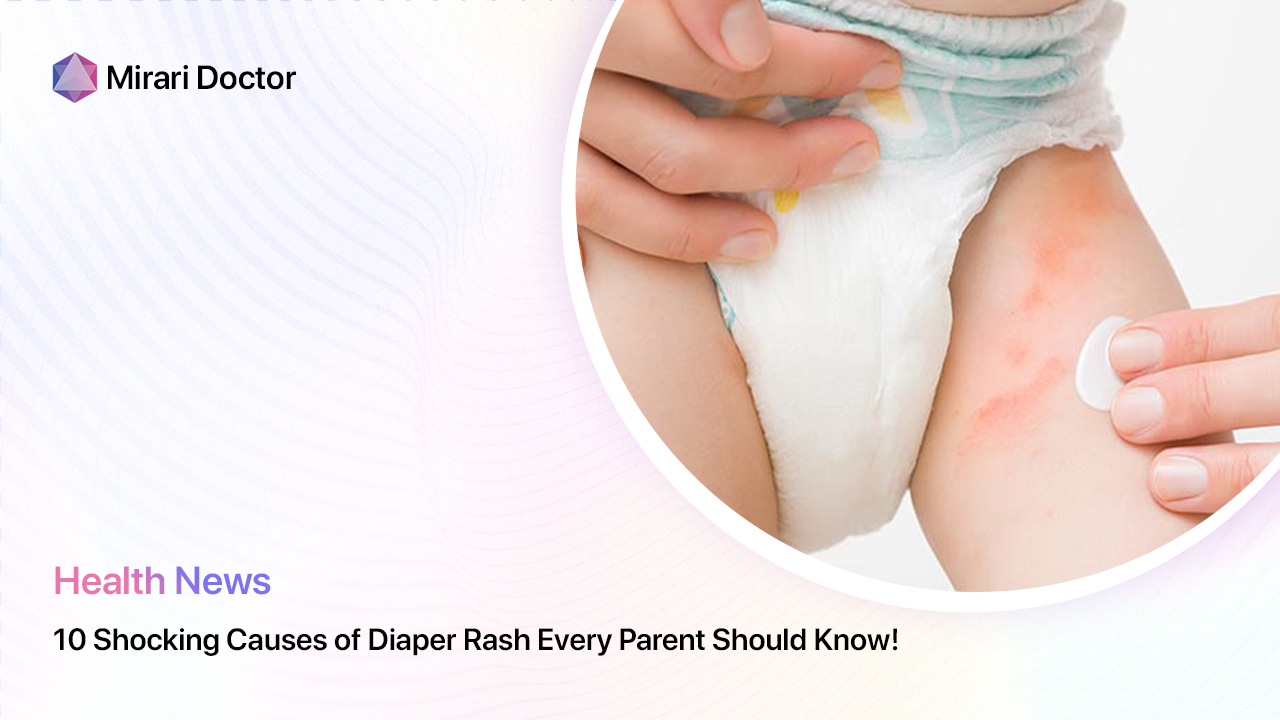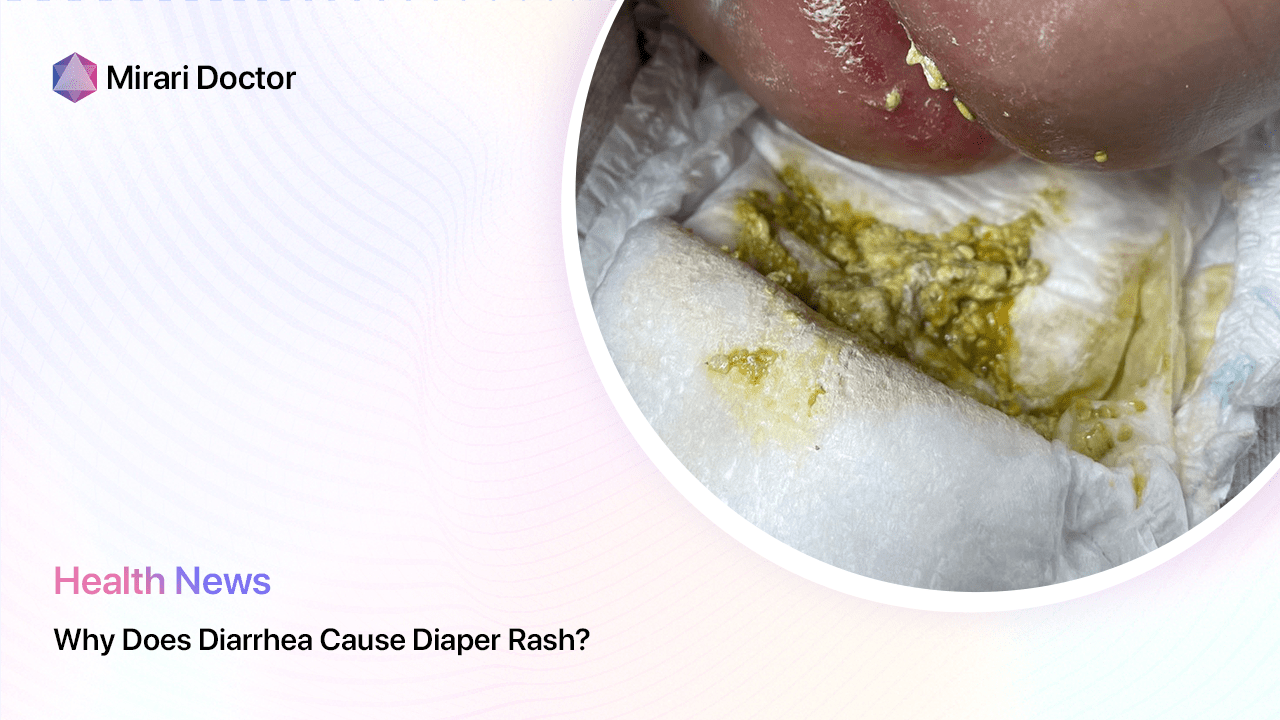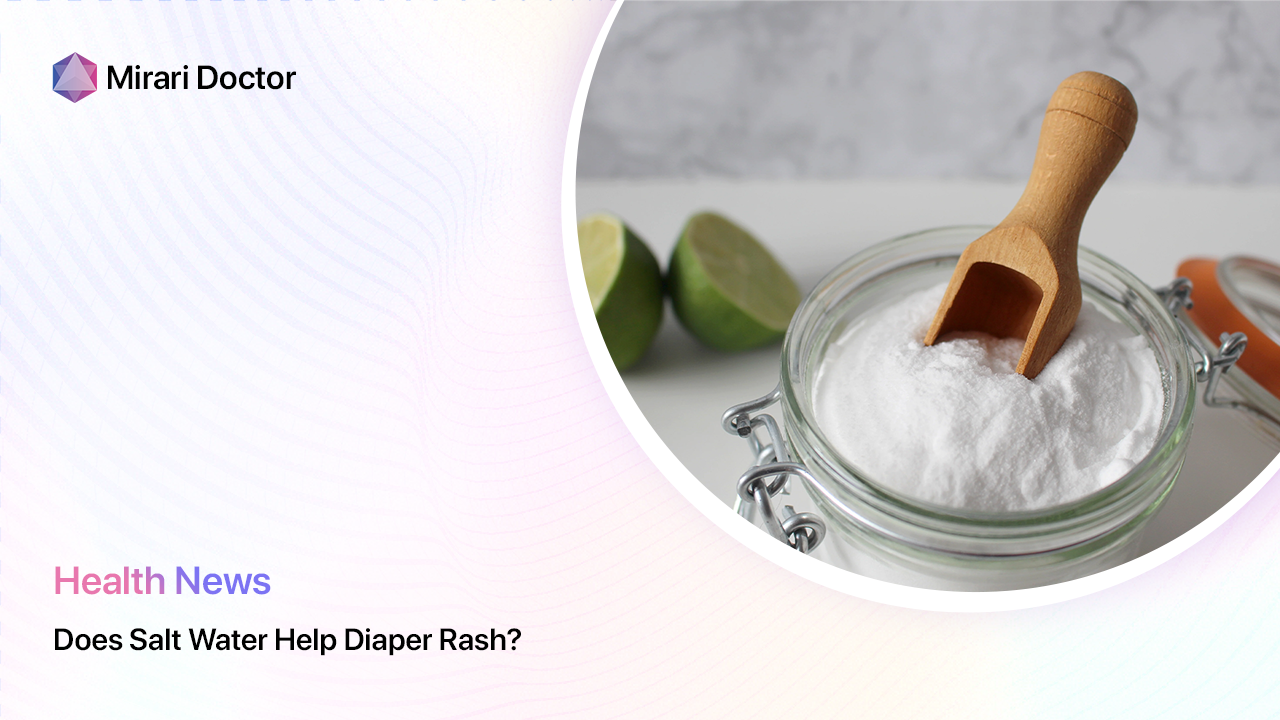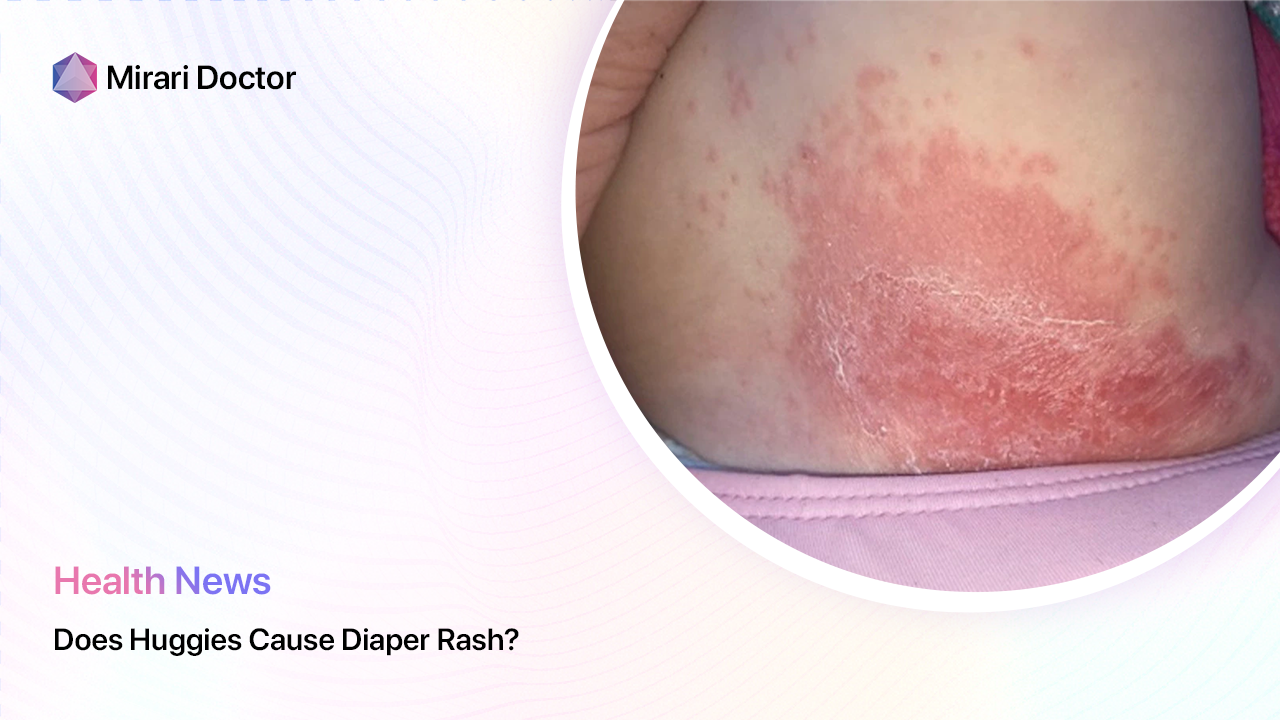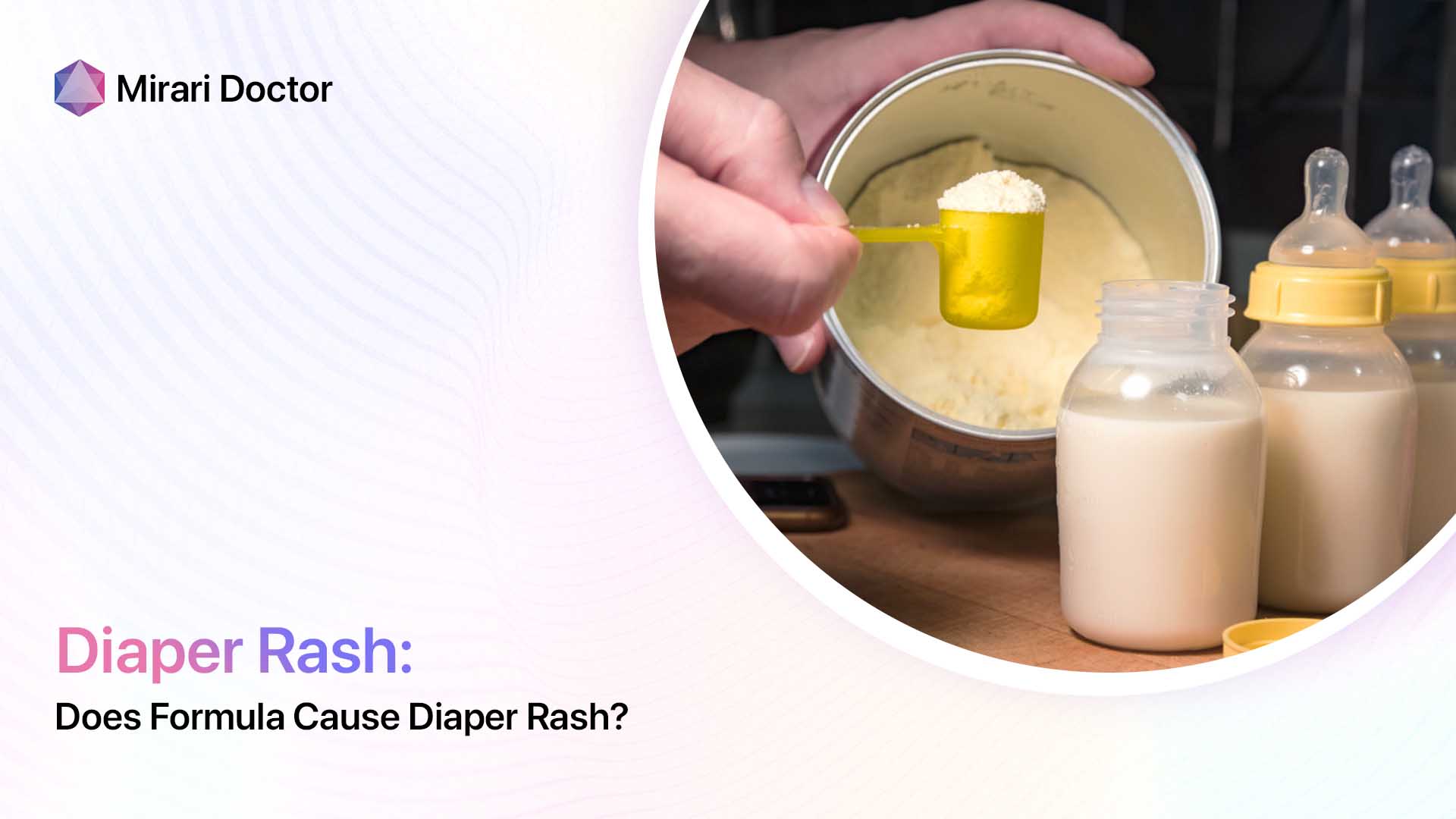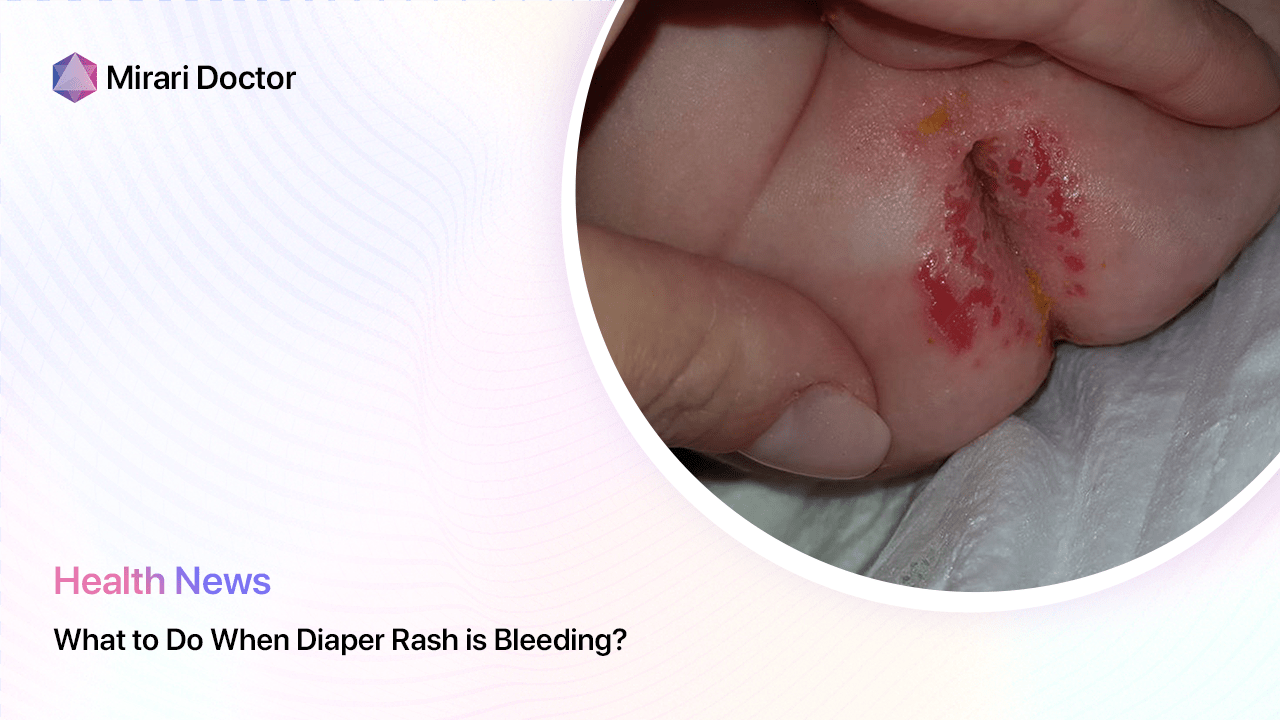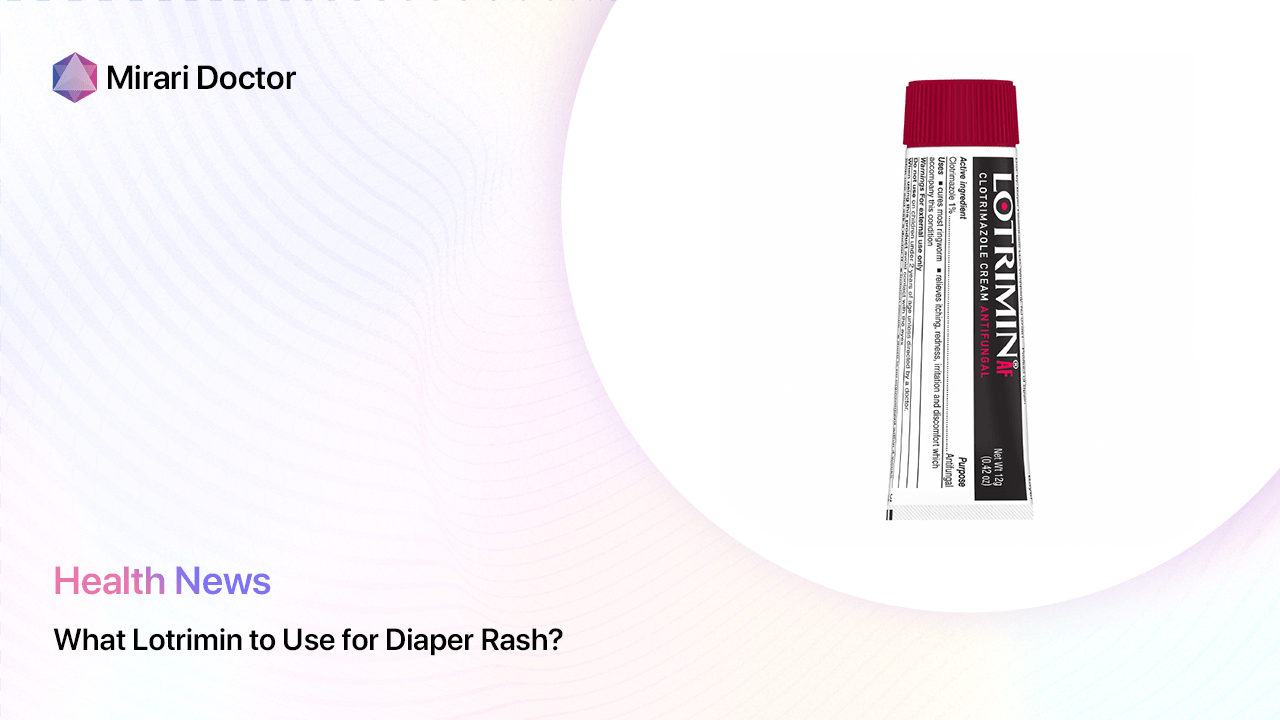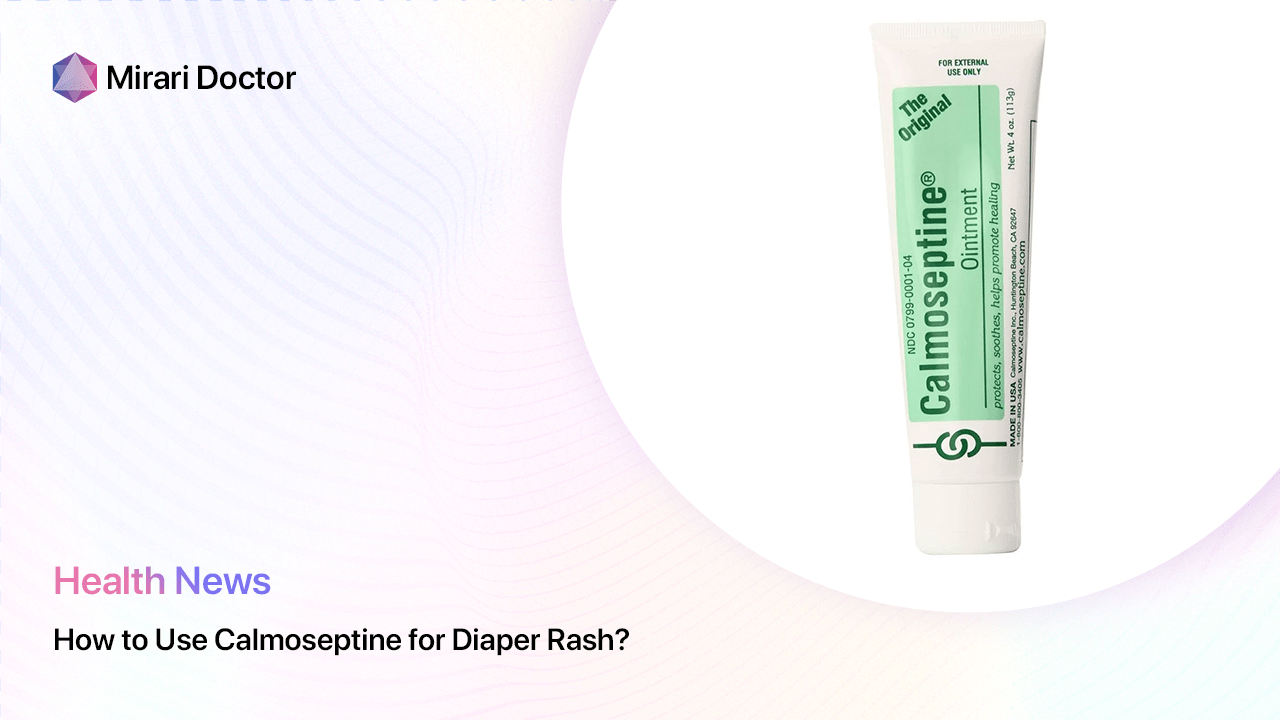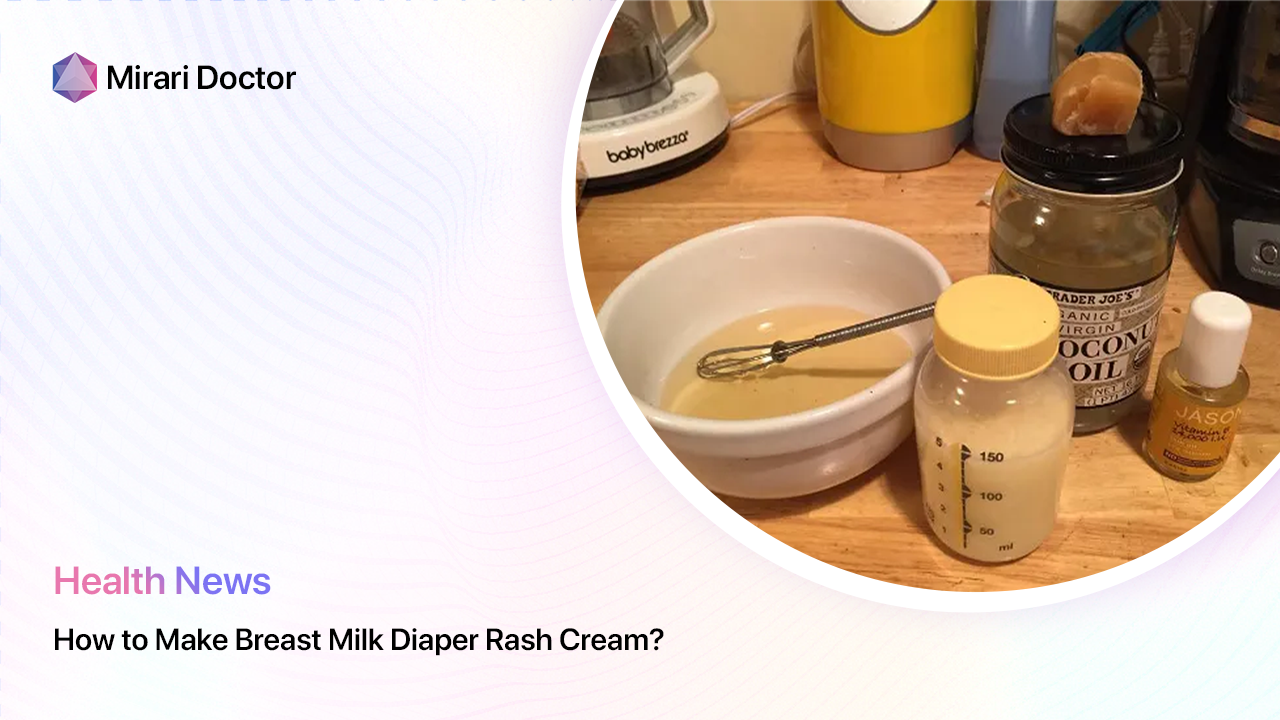
Diaper rash is a common skin irritation that many babies experience, causing redness, inflammation and discomfort in the diaper area. While there are many over-the-counter diaper rash creams available, some parents prefer using natural remedies like breast milk diaper rash cream. Breast milk is known for its antibacterial and healing properties that can help soothe and treat mild to moderate diaper rash[1].
Making your own breast milk diaper rash cream allows you to use nourishing, natural ingredients while putting extra breast milk to good use. In this article, we’ll provide a step-by-step recipe for making a homemade breast milk diaper rash cream using simple ingredients like shea butter, coconut oil, beeswax, zinc oxide and breast milk. We’ll also discuss the benefits of using breast milk for diaper rash, tips for preventing rashes in the future, and when to seek medical help if symptoms persist or worsen.
Why Use Breast Milk for Diaper Rash?
Breast milk is often called “liquid gold” for its incredible nutritional and immunological benefits for babies. But did you know it can also work wonders on your baby’s delicate skin? Here’s why breast milk makes an excellent natural remedy for diaper rash:
Antibacterial and Anti-inflammatory Properties
Breast milk contains potent antibacterial, antimicrobial and anti-inflammatory properties[2][7]. It’s packed with immunoglobulins, white blood cells, and other bioactive components that help fight off harmful bacteria and yeast that can cause or worsen diaper rash. When applied topically, breast milk can help reduce inflammation, redness and irritation in the diaper area.
Promotes Healing
In addition to its germ-fighting abilities, breast milk also contains natural growth factors and skin-nourishing components that promote tissue repair and regeneration[10]. The fats, vitamins and amino acids in breast milk help soothe and heal damaged skin, providing relief for sore bottoms.
Gentle and Non-irritating
Unlike some commercial diaper rash creams that may contain harsh chemicals or fragrances, breast milk is gentle, non-irritating and completely safe for babies. It’s naturally pH-balanced and free of additives that can further aggravate sensitive skin. Breast milk is also unlikely to cause any allergic reactions.
Backed by Research
Several studies have investigated the use of topical breast milk for treating diaper rash, with promising results. A 2013 study found that applying breast milk was just as effective as hydrocortisone 1% ointment in reducing diaper rash severity[3]. Another 2017 case report documented the “magic healing powers” of breast milk on a severe case of diaper dermatitis in a 5-month-old baby girl[4].
Breast Milk Diaper Rash Cream Recipe
Ready to whip up a batch of homemade breast milk diaper rash cream? Here’s what you’ll need:
Ingredients
- 1/4 cup shea butter
- 1/4 cup coconut oil
- 1 tablespoon beeswax pastilles
- 2 tablespoons zinc oxide powder
- 1-2 tablespoons breast milk
- Few drops of vitamin E oil (optional)
- 5-10 drops lavender essential oil (optional)
Instructions
- Create a double boiler by filling a pot with a couple inches of water and placing a glass bowl on top. The bowl should not touch the water. Heat the water to a simmer[2][4].
- Add the shea butter, coconut oil and beeswax to the glass bowl. Stir occasionally until fully melted and combined[2][4].
- Remove the glass bowl from heat and let cool for a few minutes. Stir in the zinc oxide powder until smooth with no clumps[2][4].
- Add 1-2 tablespoons of breast milk (fresh or previously frozen), vitamin E oil and lavender essential oil if using. Mix thoroughly until creamy and well combined[1][4][8][9].
- Pour the mixture into a small, clean glass jar or tin. Allow it to fully cool and solidify at room temperature before putting the lid on[4][8].
- Store your homemade breast milk diaper rash cream in a cool, dry place or the refrigerator. Use within 3 months for best results[4][8].
How to Use
To use your DIY breast milk diaper rash cream, simply apply a thin layer to your baby’s clean, dry bottom with each diaper change[1]. Gently massage it into the skin, paying special attention to any red, irritated areas. Allow the cream to fully absorb before putting on a fresh diaper.
The breast milk in the cream contains antibodies and anti-inflammatory components that can help soothe diaper rash and promote healing[1][5][7]. The zinc oxide acts as a protective moisture barrier, while the shea butter and coconut oil nourish and condition the skin[2][4].
Use this cream as often as needed to treat diaper rash. Many parents find applying it at bedtime or whenever the skin looks slightly red helps prevent rashes from worsening. You may also use it preventively if your baby is prone to frequent rashes.
Other Natural Remedies for Diaper Rash
In addition to breast milk diaper rash cream, there are several other natural remedies you can try to soothe your baby’s irritated bottom:
Breast Milk Spray
If you don’t have time to make diaper rash cream, you can simply spray or pat a few drops of breast milk directly onto the rash at each diaper change. Let it air dry before applying a barrier cream or diaper. The antibodies in breast milk can help fight bacteria and reduce inflammation on contact[6].
Colloidal Oatmeal Bath
Colloidal oatmeal has anti-inflammatory and skin-protective properties that can relieve itching and soothe diaper rash[11]. Add a couple tablespoons of colloidal oatmeal to your baby’s warm bath water and let them soak for 10-15 minutes. Gently pat the skin dry and apply diaper cream afterwards.
Aloe Vera Gel
The gel from an aloe vera plant contains compounds that can reduce inflammation, fight microbes and promote wound healing[12]. If you have an aloe plant at home, break off a small piece and scoop out the clear, inner gel. Gently dab it on your baby’s bottom and let dry before applying cream or a diaper.
Coconut Oil
Pure coconut oil makes an excellent natural moisturizer for sensitive skin. It has antibacterial and antifungal properties that may help treat yeast-based diaper rashes[13]. Simply scoop a small amount of organic, virgin coconut oil and apply it to your baby’s bottom like you would any diaper cream.
Tips for Preventing Diaper Rash
While breast milk diaper cream and other remedies can effectively treat diaper rash, prevention is always the best medicine. Here are some tips to help keep your baby’s bottom rash-free:
Change diapers frequently
Prolonged exposure to moisture and irritants from urine and feces is the number one cause of diaper rash. Make sure to change your baby’s diaper as soon as it becomes wet or soiled, ideally every 2-3 hours during the day and once at night[14]. Never let your baby sit in a dirty diaper for longer than necessary.
Use the right size diapers
Diapers that are too tight can cause chafing and limit airflow, while diapers that are too loose may lead to leaks and excessive moisture. Choose a diaper size that fits your baby snugly but not tightly, with no gaps or red marks on the skin. Go up a size if you notice the diaper getting too small[15].
Let your baby go au naturel
Whenever possible, let your baby go diaper-free for short periods of time to allow the skin to breathe and stay dry. Tummy time on a waterproof mat or a few minutes of naked play can do wonders for preventing and treating diaper rash[16]. Just make sure to protect your furniture and floors!
Avoid potential irritants
Some babies may be sensitive to certain brands of diapers, wipes, lotions or laundry detergents. If you notice your baby getting frequent rashes, try switching to fragrance-free, hypoallergenic products. Avoid using baby powder or cornstarch on the diaper area as they can actually worsen rashes[14].
Breastfeed if possible
Studies show that breastfed babies may be less likely to get diaper rash than formula-fed babies, possibly due to differences in stool composition and frequency[17]. While this isn’t always feasible for every family, exclusively breastfeeding for the first 6 months may help protect your baby’s bottom along with providing numerous other health benefits.
When to See a Doctor
Most cases of diaper rash can be managed at home with appropriate prevention strategies and natural remedies like breast milk cream. However, sometimes diaper rash can be a sign of an underlying condition that requires medical attention. Call your pediatrician if[18]:
- The rash doesn’t start to improve within 2-3 days of home treatment
- The rash spreads beyond the diaper area to the arms, face or scalp
- The skin looks very red, raw, oozing or bleeding
- There are painful blisters, boils, pimples or open sores
- Your baby has a fever, seems lethargic or is refusing to eat
- You suspect a bacterial or yeast infection (bright red rash with pimples or red scales/patches)
Your pediatrician can assess your baby’s skin, determine if an infection is present, and recommend medical treatment such as antifungal or antibiotic creams, ointments or oral medications as needed. Seeking prompt medical care can help prevent a minor rash from turning into a major problem.
Conclusion
Diaper rash may be a common woe of infancy, but that doesn’t mean you have to just grin and bear it. With a jar of homemade breast milk diaper rash cream in your arsenal, you have the power to naturally and effectively soothe your baby’s irritated skin using one of nature’s most amazing gifts – liquid gold!
Remember, breast milk is not just for feeding – its healing properties extend to all sorts of infant ailments, inside and out. Coupled with a few other nourishing ingredients like zinc oxide, shea butter, coconut oil and optional essential oils, breast milk can create a potent yet gentle barrier cream to protect and restore your baby’s delicate diaper area.
While prevention is always the goal, having a trusted homemade remedy on hand can make those inevitable diaper rash flare-ups much more manageable. With a little TLC, breast milk magic and some strategic diaper-free time, you and your baby will be back to happy, healthy bottom bliss in no time!
Key Takeaways
- Breast milk diaper rash cream is a gentle, effective natural remedy for preventing and treating mild to moderate diaper rash in infants.
- Breast milk contains antibacterial, anti-inflammatory and skin-nourishing components that fight infection, reduce redness and promote healing.
- To make breast milk diaper rash cream, combine shea butter, coconut oil, beeswax, zinc oxide and breast milk in a double boiler, then whip until creamy and store in a glass jar.
- Apply a thin layer of breast milk cream to baby’s clean, dry bottom at each diaper change, especially before bed or whenever redness appears.
- Other home remedies for diaper rash include breast milk spray, colloidal oatmeal baths, aloe vera gel and plain coconut oil.
- To prevent diaper rash, change diapers frequently, use the right size, allow air time, avoid irritants and breastfeed if possible.
- See your pediatrician if the rash is severe, not improving with home treatment, or showing signs of infection.
By Mirari Doctor – For more evidence-based health and wellness tips for the whole family, visit MirariDoctor.com.
References
- “Apply a Little Breast Milk to Baby’s Diaper Rash.” Pediatrix, 19 Apr. 2018.
- Axe, Josh. “7 Natural Diaper Rash Remedies.” Dr. Axe, 21 Feb. 2020.
- Gozen, Deniz, et al. “Diaper Dermatitis Care of Newborns: Human Breast Milk or Barrier Cream.” Journal of Clinical Nursing 23.3-4 (2014): 515-523.
- Bandara, Susitha. “A Case Report of the Healing Magic of Human Breast Milk: An Experience with a Severe Case of Diaper Dermatitis in a 5-Month-Old Baby Girl.” Journal of Medicines 4.2 (2017): 43-44.
- “Home Remedies: Dealing with that darn diaper rash.” Mayo Clinic News Network, 9 June 2018.
- Lawrence, Ruth. “5 Unusual Uses for Breast Milk.” Healthy Children, 16 Oct. 2019.
- Elton, Dean. “Breast Milk Cures Diaper Rash. Cool!” Penn Medicine News, 22 Sep. 2011.
- “Breast Milk Nappy Balm Recipe for Beautiful Baby Bottoms.” Mum’s Grapevine, 27 Jan. 2020.
- “How To Make Breast Milk Lotion? A Step by Step Guide.” Milkify, 18 Feb. 2021.
- Cheng, Chao-Huei, et al. “Anti-Inflammatory and Antibacterial Properties of Human Milk Oligosaccharides Against Infectious Diseases.” Nutrients 13.1(2021): 181.
- Pazyar, Nader, et al. “Colloidal Oatmeal in Dermatology: A Brief Review.” Indian Journal of Dermatology, Venereology and Leprology 85.4 (2019): 348.
- Hekmatpou, Davood, et al. “The Effect of Aloe Vera Clinical Trials on Prevention and Healing of Skin Wound: A Systematic Review.” Iranian Journal of Medical Sciences 44.1 (2019): 1.
- Shilling, Meghan, et al. “Antimicrobial Effects of Virgin Coconut Oil and Its Medium-Chain Fatty Acids on Clostridium Difficile.” Journal of Medicinal Food 16.12 (2013): 1079-1085.
- “Diaper Rash.” Mayo Clinic, 14 Apr. 2022.
- Dowshen, Steven. “Diapering Your Baby.” KidsHealth, June 2018.
- “Diaper Rash.” American Academy of Dermatology.
- Adalat, S., et al. “Diaper Dermatitis-Frequency and Contributory Factors in Hospital Attending Children.” Pediatric Dermatology 24.5 (2007): 483-488.
- “Diaper Rash.” Seattle Children’s Hospital, 24 Sept. 2021.
Related articles
Made in USA


